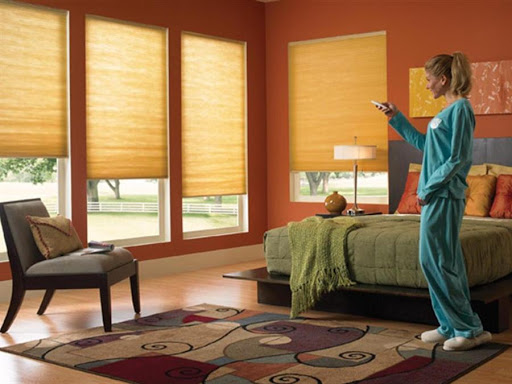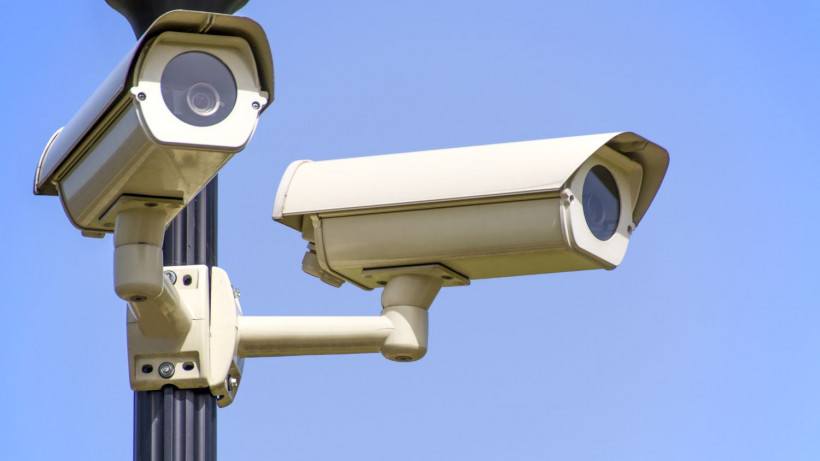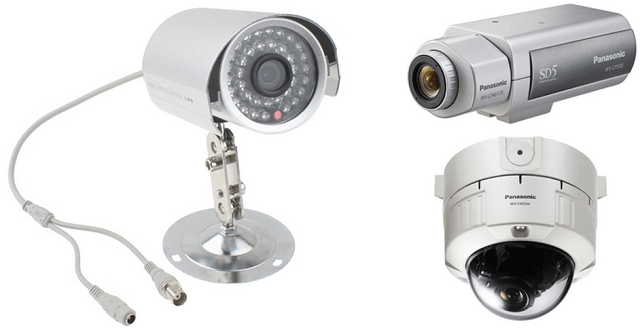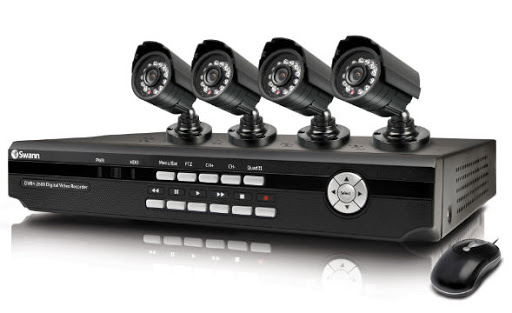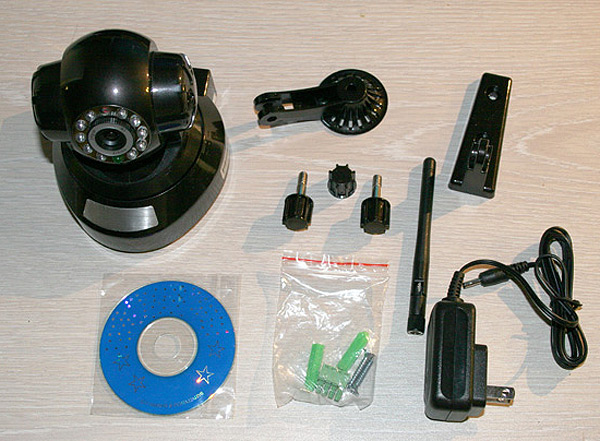Indoor and outdoor surveillance cameras help ensure security in an office space, in an enterprise or in a private home. Such devices are divided into several types, depending on the connection method, type of case and other parameters. When choosing, you need to focus on their functions, purpose, main advantages and disadvantages.
CCTV camera classification
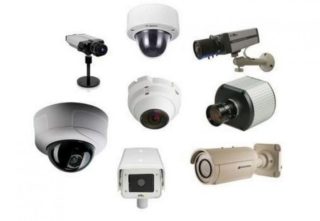
There are various types of CCTV cameras on the market, so before buying a specific model, you will need to take into account the tasks that the monitoring system will face.
Installation site and conditions of use
Depending on the installation location, tracking devices can be installed inside or outside the room. Internal cameras are small, which makes them almost invisible, they are additionally equipped with motion sensors.
All types of outdoor cameras are made of more durable materials that provide protection against moisture, dust, high temperatures and mechanical stress. Most often, outdoor devices are made of anti-vandal metals and supplemented with tempered glass.
Type of shell
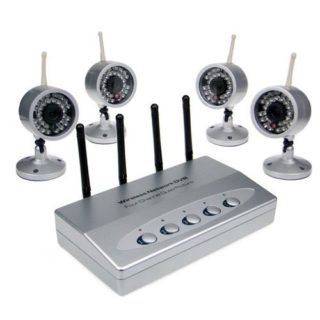
It is easier to distinguish the types of video cameras by the type of housing. Outdoor models are made of anti-vandal metal and are complemented by a protective casing. The most popular are domed devices in the form of a small hemisphere. Such cameras can be rotary; to change the position of the lens, they are equipped with a PTZ mechanism. Less often, box cameras are installed, which consist of a separate lens and bracket. Special mini cameras are made of lightweight and durable materials, which allows them to be installed anywhere in the room as inconspicuously as possible.
Device connection type
According to the connection method, CCTV cameras can be wired and wireless. In the first case, they are connected to a common system using a twisted pair or coaxial cable, in the second via Wi-Fi. Devices connected via wire are capable of transmitting data over a distance of 100 to 500 meters.
If cables cannot be installed, it must be borne in mind that Wi-Fi, 3G and 4G signals can be drowned out by jammers.
Device functions

The classification of systems for video surveillance by function is considered more simplified. Modern devices are equipped with a large number of options that significantly facilitate their setup, installation and operation, and they will look almost invisible due to their compact dimensions.
- PTZ control. Allows you to remotely change the position of the lens, adjust the focus and zoom of the device directly from the workplace.
- PoE power supply. It makes it possible not to install separate sockets and wires for transmitting electricity, since the cameras are powered over the same twisted pair for the video stream.
- Light sensor. Activates IR illumination in the dark, helps to get a good quality image even at night.
- Motion Detector.In the presence of motion activity in the frame, it displays the image on a separate monitor, records it in the archive and gives an alarm signal.
- Microphone. Transmits the soundtrack of the recording, it can be built-in or external.
Modern types of video cameras are also equipped with a feedback speaker for organizing two-way communication with the object on which the device is installed. Another indispensable option is P2P, which provides a connection between the camera and the smartphone.
Criterias of choice
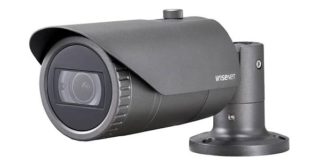
Before buying, you need to decide on the requirements for devices of this type. Devices with black and white images are more sensitive than color counterparts, but they do not allow a clear definition of the color of the object.
It is important to select a camera depending on the installation location. For mounting in difficult conditions, it is better to choose the types of modern video surveillance cameras with moisture protection, heating and vandal-proof housing.
If wired devices are installed, they always take into account the convenience of laying communications and possible installation problems. For dimly lit places, cameras with IR illumination or spotlights are purchased, equipped with an image detail option.
Assigning different types of cameras
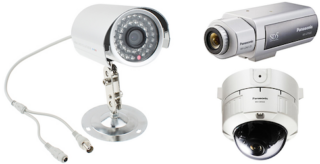
The main purpose of all devices for shooting and recording actions taking place indoors or outdoors is to convert an optical image into an electrical signal. In the process of choosing a suitable model, it is necessary to determine which camera options will have priority.
Analog and digital options are available for sale. The former do not differ in a variety of options, but at the same time they provide high reliability and stability of operation. Such devices are only capable of transmitting a signal and processing it to eliminate the resulting interference and distortion. They are suitable for those who need to watch the image online or in recording.
Digital video cameras can operate on local networks or on the Internet as independent devices. With their help, you can organize remote access to viewing on videotapes and control it, transfer data from several cameras at once along one line, and also integrate devices with other security systems.
Advantages and disadvantages
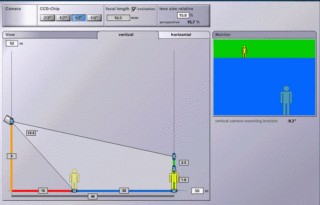
All types of cameras, without exception, regardless of their characteristics, have a large number of advantages, so it is almost impossible to do without them in modern conditions:
- preventing crime, reducing the number of thefts in shops and public places;
- setting the chronology and personalities of participants in car accidents and illegal acts, the ability to use ready-made records in court and during the investigation;
- control and accounting, allowing you to keep statistics on the throughput of public places or retail outlets;
- tracking the quality of work of personnel and employees of various enterprises.
Cameras are not able to cover 100% of the surveillance area, blind spots can be found anywhere where the devices will not work efficiently enough.
The cost of installing tracking devices is quite high and requires a separate cost item.
Malfunctions and repairs
All types of video surveillance systems consist of a standard set of components, which includes the devices themselves, connecting cameras for signal transmission and data processing equipment. If problems arise in the operation of devices, it is necessary to determine which particular part caused the failure in the overall system.
Since the systems and components are classified as complex equipment, it is not recommended to repair them yourself without the appropriate skills. Specialists most often change individual faulty units or entire video cameras.First of all, power supplies fail due to voltage surges, overloads and low-quality parts. Also, the problem may lie in a faulty matrix with a broken tightness or frequent illumination.
Camera rules
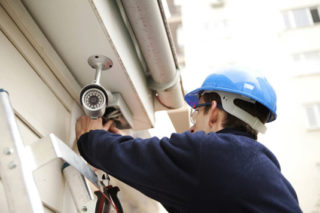
The description of the rules for using cameras for home, office or enterprise is similar to the requirements for the maintenance of network devices and low-voltage equipment. In order for the devices to function properly, a number of recommendations must be followed:
- do not allow jets of water or rain to hit them if they do not have additional protection against moisture;
- immediately turn off the equipment in the presence of smoke and foreign odors from it;
- contact specialists if any malfunctions are found;
- do not use abrasives, solvents and water when cleaning devices;
- do not install cameras in direct sunlight or near heating appliances, in places with strong vibrations or magnetic fields;
- to put protection against thunder for external devices in order to reduce the likelihood of their breakdown during a thunderstorm.
Tracking systems are recommended to be serviced at least once every six months to prevent potential breakdowns. In the process, they check the integrity of the camera body, junction boxes and connecting wires, the presence of cracks and dust on the lenses.
Top CCTV Camera Manufacturers
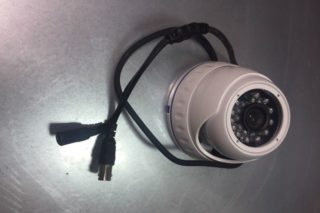
Among the manufacturers of innovative security cameras, there are several proven Russian and foreign brands. This list includes a Russian company Altcam, which produces network, analog, rotary and miniature devices, as well as IR illuminators and video recorders.
The recognized leader in the field of video surveillance devices is considered Axis, under this brand, camcorders and components are produced that are distinguished by a high level of quality. The standard warranty is three years.
Another popular manufacturer is Falcon eye, offering customers devices in the budget and middle segment, including analog and network devices of external and internal type.
Company BEWARD manufactures equipment for professional video surveillance systems, presented in several lines. Their list includes not only the devices themselves, but also individual lenses and devices for protection against thunderstorms.

